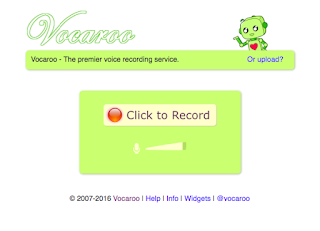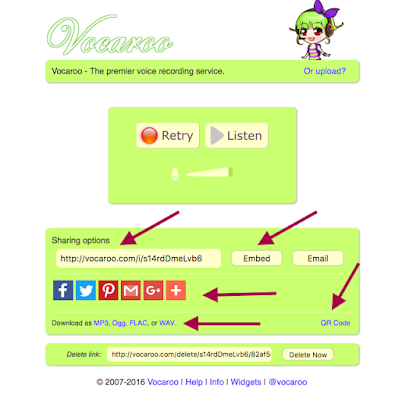In my last post, Two Podcasts Teachers Should Be Listening To, I openly admitted to being a total podcast junkie. Part of this interest in podcasts developed because I often hear topics or discussions that spark ideas that could be implemented in the classroom.
Just this week I spent over 15 hours in the car for work and a weekend trip to visit a friend out-of-state. Per usual, I kept myself entertained by catching up on my podcast queue. One of the podcasts I really enjoy is NPR's Planet Money. Typically I have little interest in economics, but this twice-weekly podcast makes a usually mundane and nuanced topic accessible, relatable, and even a bit funny. One specific episode that caught my educator-related attention was "Episode 754: I'm So Happy For You." In this episode, hosts of the show shared stories that others have done that the hosts themselves are jealous of and can't stop thinking about.
(Take a listen here!)
Towards the end of the episode, the editor of Planet Money joins the podcast to talk about someone he has become quite jealous of. He goes on to explain that his eleven-year old son has become obsessed with a popular YouTube channel created by a young man named Tanner Braungardt. Tanner, a teenager from a small town in Kansas, has been chronicling his life on YouTube since he was about seven years old. Most of his videos are just creative skits and and retellings of what there is to do in his town. With this powerful tool, he has been able to transform what most people would consider to be a boring, small town into something over 2,000,000 people want to be a part of. The podcast editor goes on to say, "I wish I had the sense of how to transform just regular life into special life..."
As I listened to this, I couldn't help but think about the students I used to teach in a rural Indiana town. I thought about the many different small-town schools I work with now. And I wondered, how many of the students who live in these towns and attend these schools feel like their town has great things to offer? Do they have opportunities to share those things?
As an educator, I can't help but think of the awesome power of using YouTube to help students tell their stories. How might we use simple, everyday videos to help students see that their "regular lives" are actually quite special? What an amazing, authentic project this could make!











